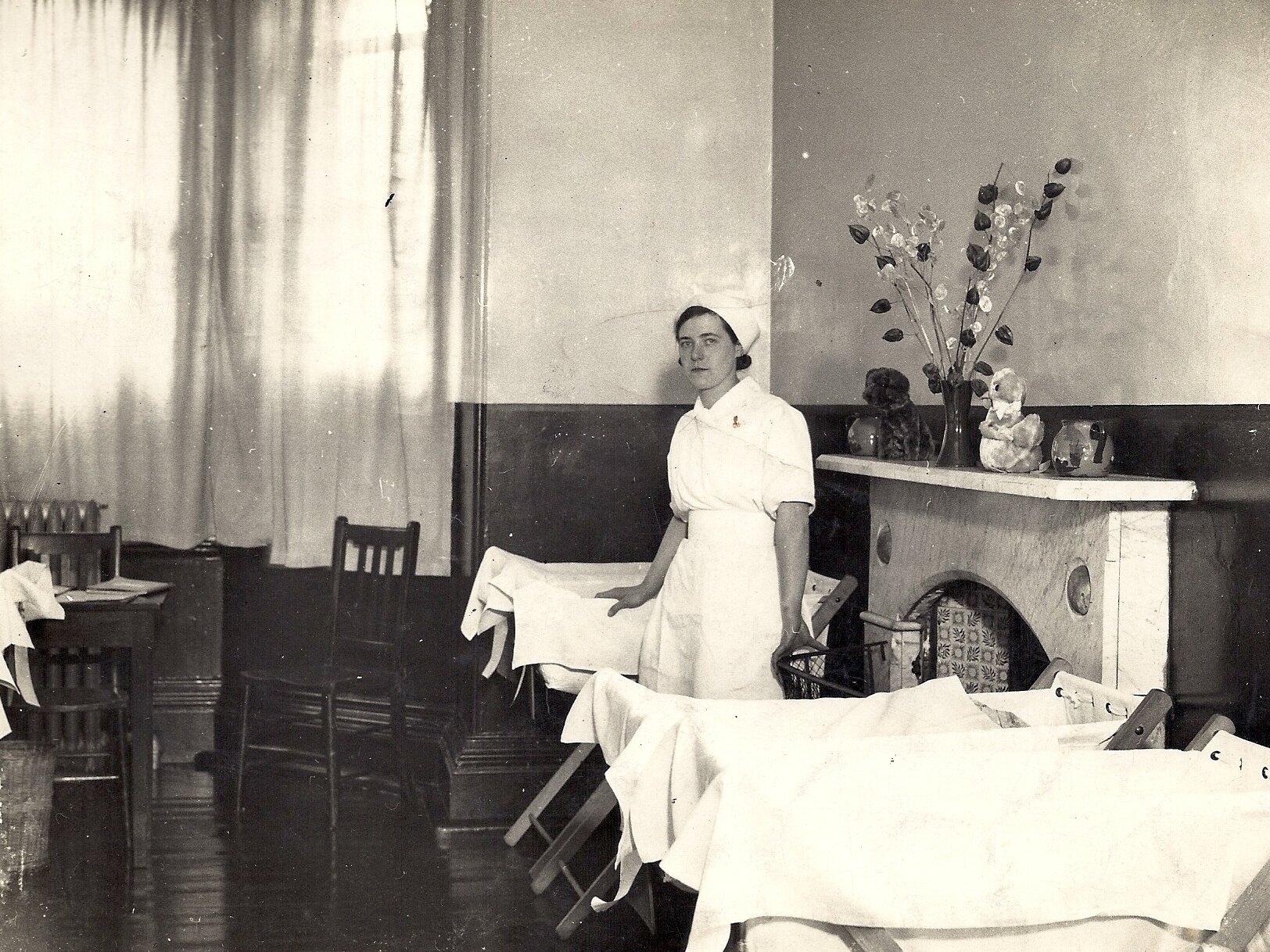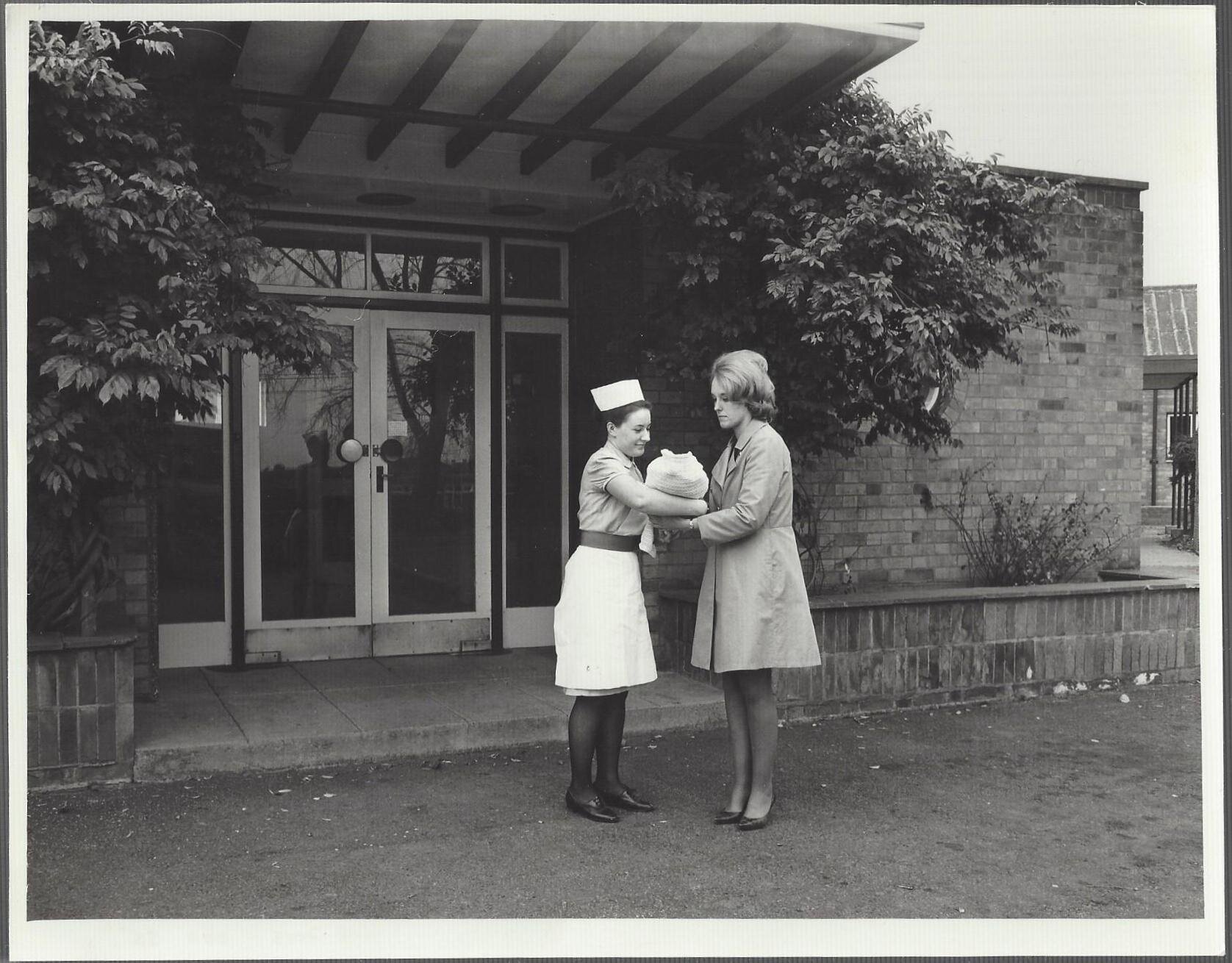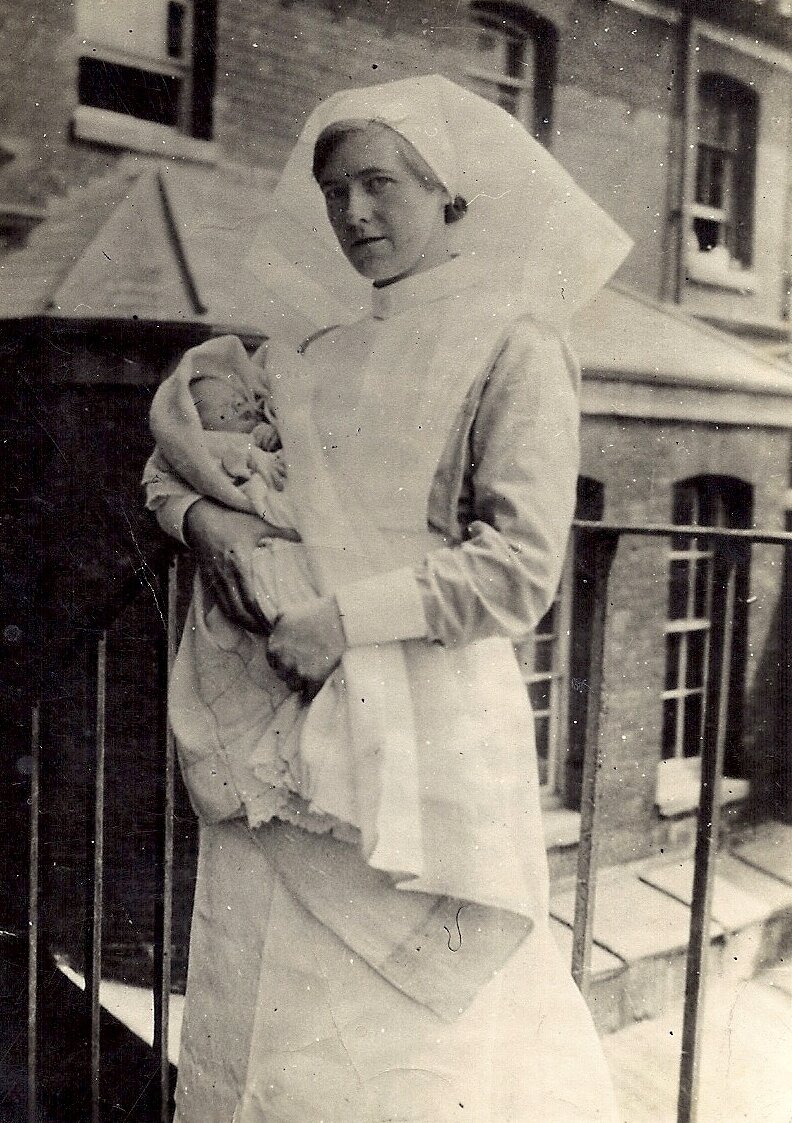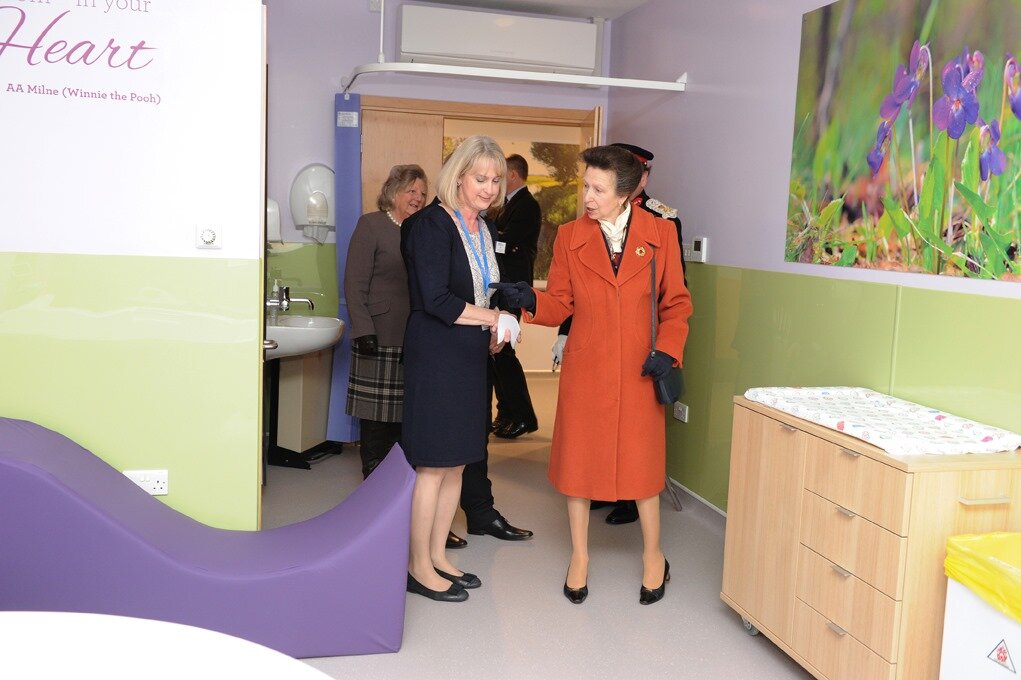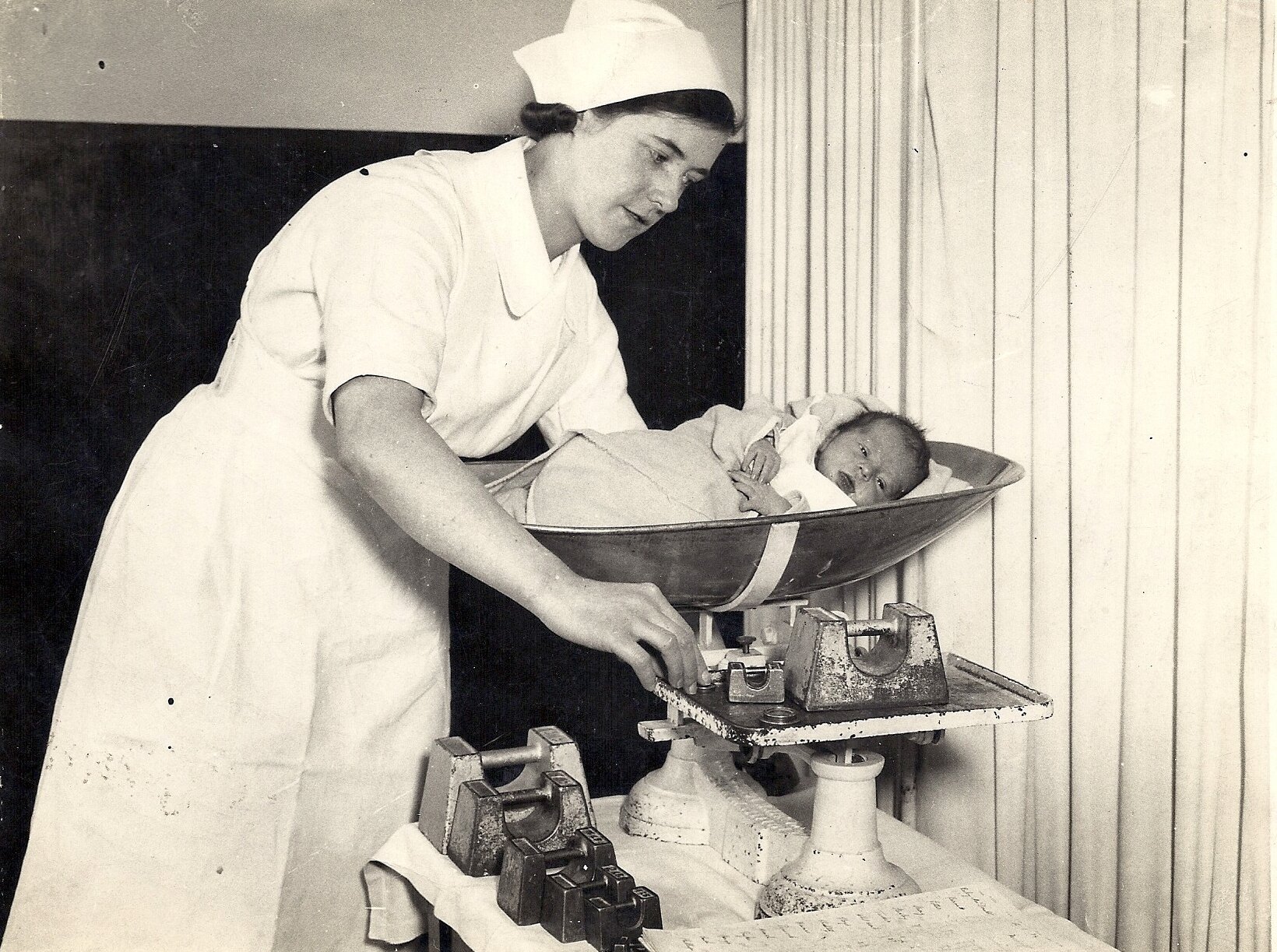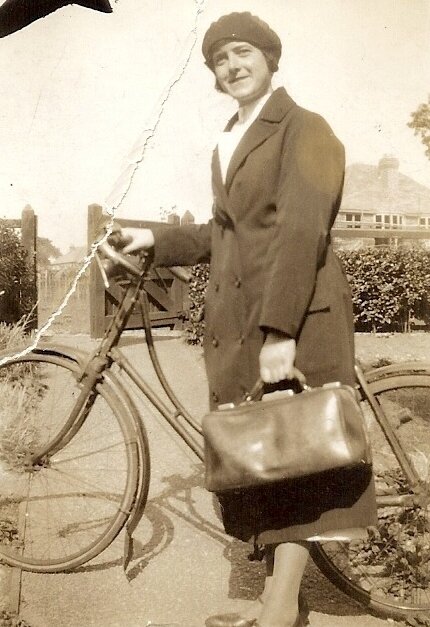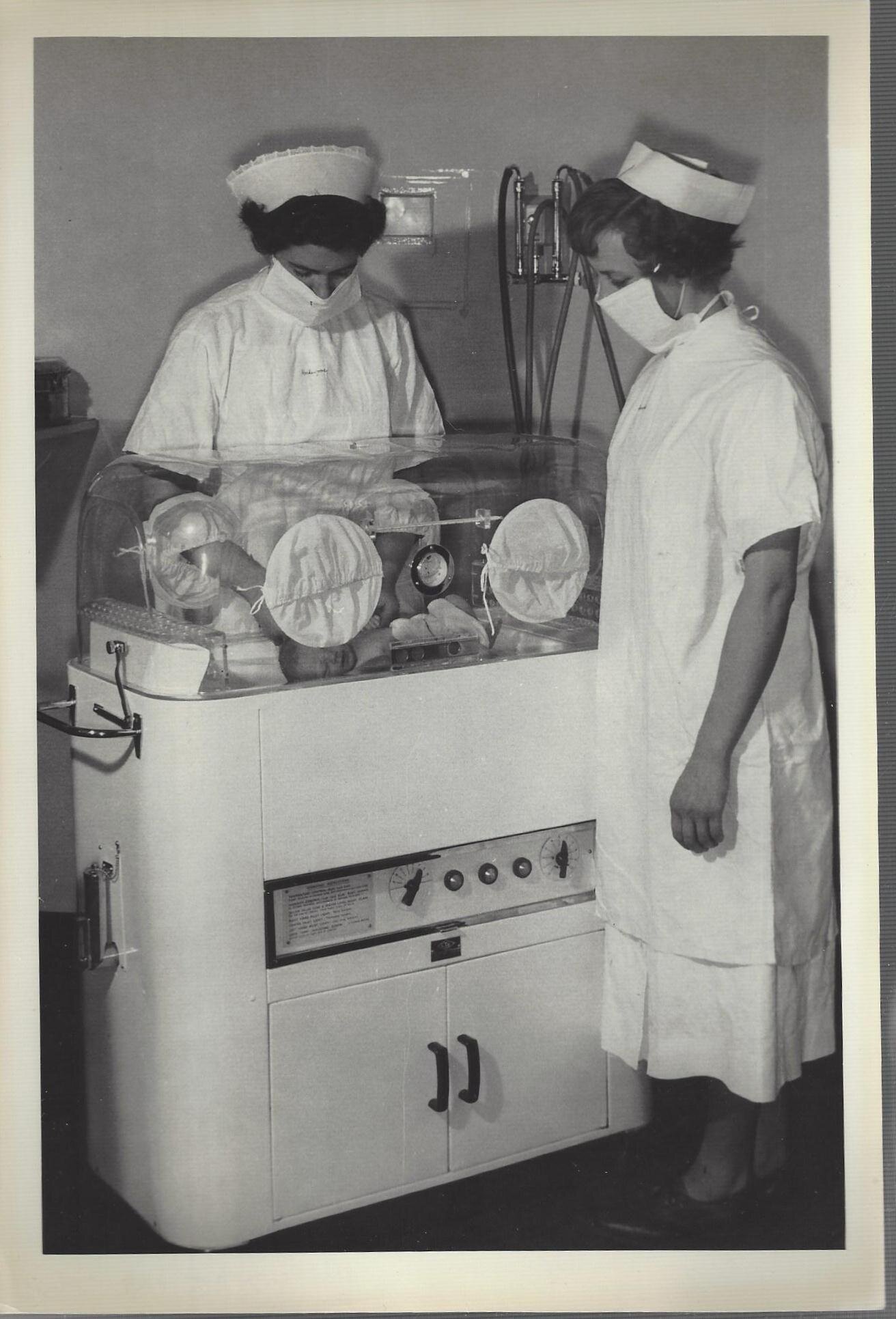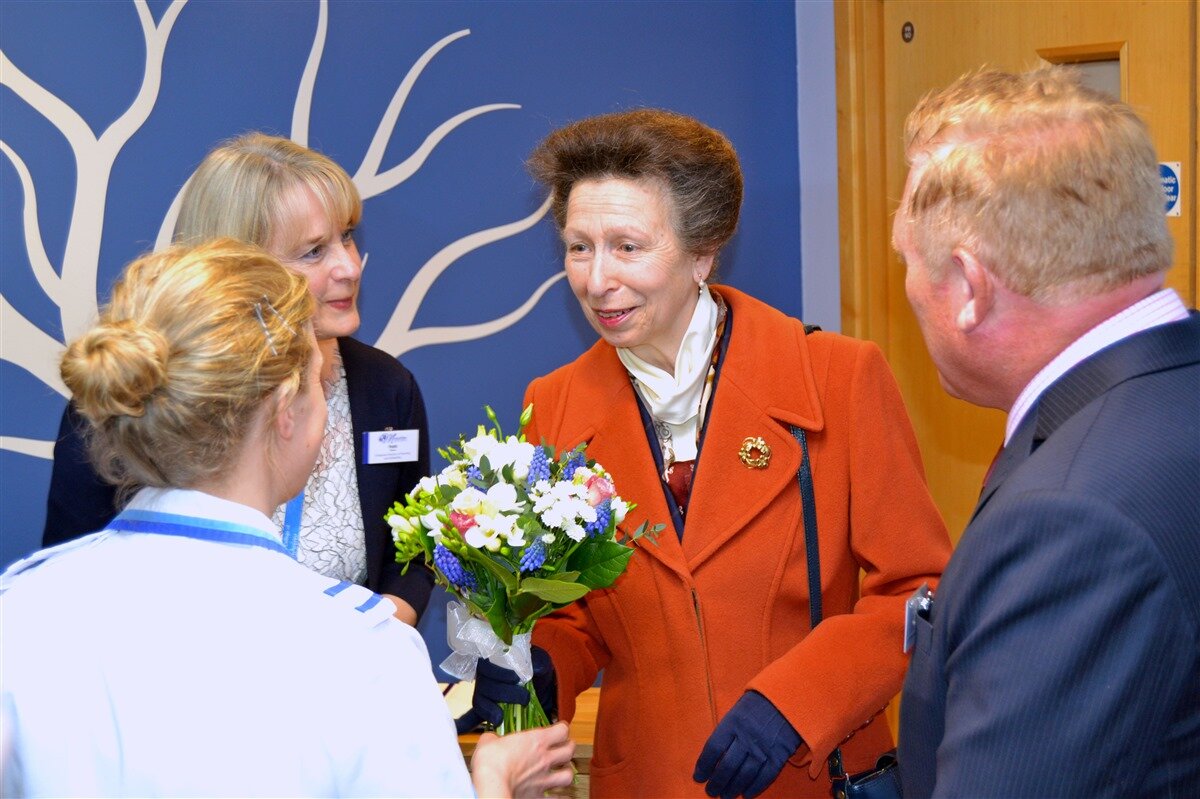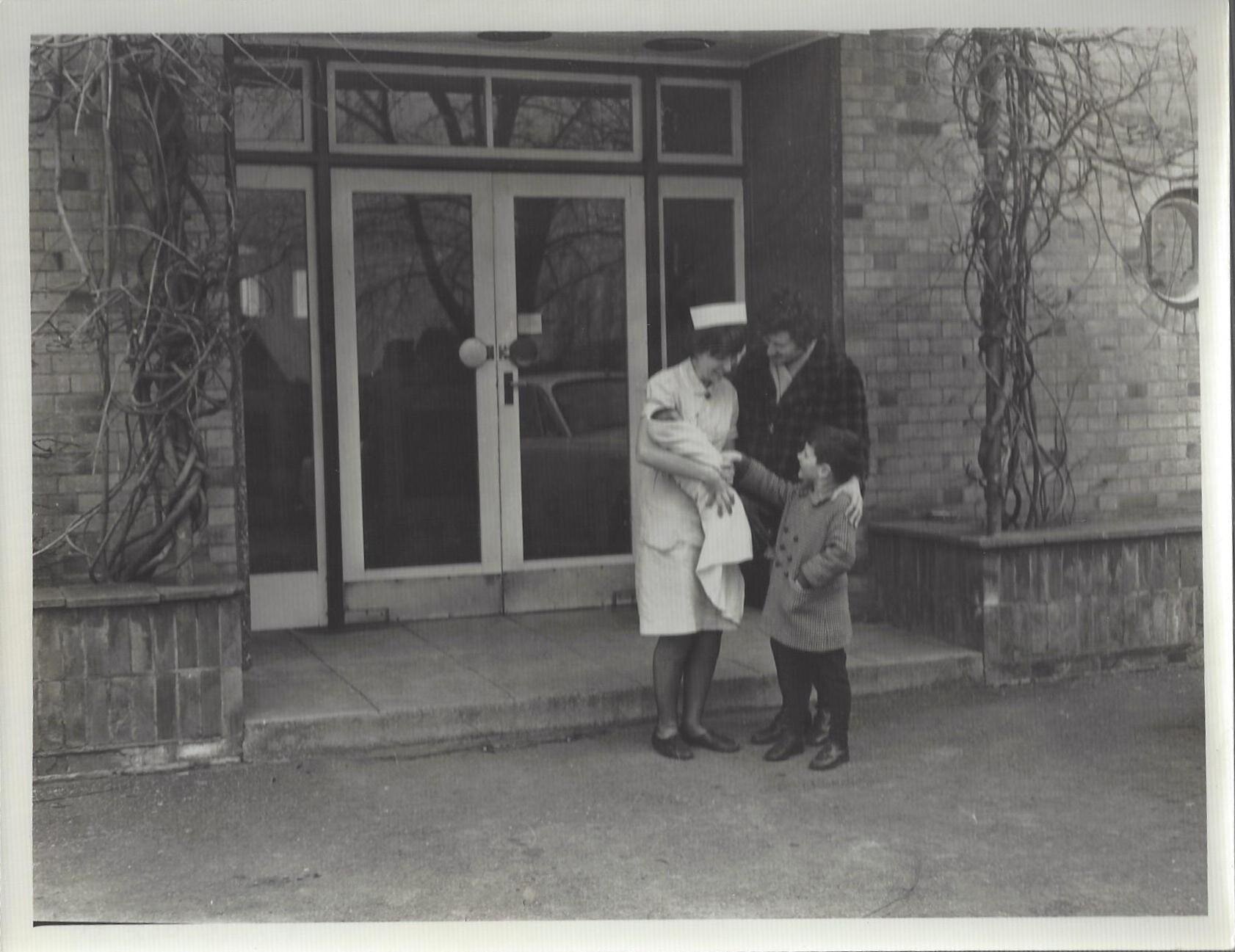In Autumn 2020, in collaboration with Storypinned, the George Marshall Medical Museum will hopefully begin applying for a grant for the Birthing Stories project. This project will involve learning more about the history of giving birth and obstetrics in Worcestershire.
Based on the knowledge we gather, the Birthing Stories project aims to create downloadable online resources, such as podcasts, for the use of healthcare professionals and the local Worcestershire community.
What are the aims of the Project?
We believe that engaging with medical history helps us to understand why and how certain medical practices have changed over time. This would be of great use for healthcare staff, as they would be able to gain more insight into why current medical procedures are so important, and also where the future of birth and obstetrics is heading.
Crucially, we also want to connect with local Worcestershire individuals and organisations, via email and social media, with a view to eventually conduct interviews to add to our oral history collection.
Worcestershire has a significant proportion of Pakistani (0.9%), Indian (0.6%), and Mixed White and Black Caribbean (0.6%) populations, along with many other minority groups. This project thus aims to share birthing stories from a diverse range of races and nationalities, and we have already begun to make contact with associated local organisations.
Pregnancy and birth are very personal experiences; through the sharing of birthing stories, this project will empower women by allowing them to reclaim decisions about their labour. Hopefully, the sharing of mothers’ birth choices will also help other women make their own informed choices in the future.
Ideal Home Exhibition, England, 1920: a rubber baby being used to demonstrate feeding methods, watched by two boys. Photograph, 1920. Credit: Wellcome Collection.
What has been achieved so far?
In advance of the application for funding, our main aim has been to stimulate community interest in the project via social media posts and blog posts (which are all linked below). We have a small team which is currently contacting local healthcare organisations, community groups, charities and individuals in order to gather interest in the project and more information on Worcestershire birth and obstetrics.
Additionally, we have been researching more about birth and obstetrics by using our ‘Medicine in Worcester’ collection of oral histories. This collection was recorded in the early 2000s and has stories from a range of individuals including patients, midwives and doctors. Excerpts from some of the oral histories are available below.
In this excerpt of an oral history, midwife Ethel (Molly) Stephens tells a tragic story of a night nurse who killed her full-term baby. The father was a gonococcal venereal patient, and the night nurse eventually died from the same disease.
Transcript: “Now I must tell you a very sad story, erm, I asked my carer whether I should recount this story and she said “yes!” I recount it, again it shows my naivety, it shows the stigma of illegitimacy, and it shows, the carelessness of the hospital in one respect. The cottage, was an eight-bedded…erm structure, at the back of the hospital, near where the laundry is now on Croft Road. The top four beds were for four venereal gonococcal patients male, and the bottom four beds were for, female gonococcal venereal patients. This girl was a night nurse. I didn’t know she was pregnant, I shared a room with her, in Britannia Square we had to walk to the hospital every day to go on duty and back again. This unfortunate girl was on night duty in Rushout ward, a male ward, she pulled the door down in her agony, she had a terrific injury, erm, in the birth canal, she, strangled the baby with, full-term baby, with the cord, she put it in her night nurse’s suitcase, and walked back to Britannia, Square, and put the baby and her suitcase in my wardrobe ‘cause I was away for two days. I can honestly say I did not know she was pregnant. The police came to see me when I got back from my vacation, and asked me and of course I said “I did not know she was pregnant” that girl was fath- err the baby was fathered by a gonococcal patient in the cottage, and the girl was sent back, to the Welsh village where she came from where she died, from a gonococcal endocarditis”
Helen Shirley Brice remembers when she gave birth at home in Worcester in around 1967, with only a recently-qualified midwife present. Given her inexperience, the midwife did not check that the canisters of gas and air were full and did not read Helen’s medical notes. This meant that Helen had a difficult birth and suffered a haemorrhage, which the midwife then had to treat.
Transcript: “[HSB] The midwife who came to me, she hadn’t long qualified and she brought two, erm, canisters, they have the gas and air in it.
[1] Right
[HSB] I don’t know what you, cylinder
[1] Cylinder yes, probably
[HSB] Of course she didn’t check that they were full, and when she got to my place she suddenly realised they were half empty, and of course, er, here again I started my er, pregnan, er, c
[1] Contractions?
[HSB] Contractions in the afternoon again and Paul was born about 2 o’clock after midnight, of course I, er, said to the nurse, can I have the gas and air and I was breathing this gas and air and she said to me, she said “This baby should be born by now” she said “I can’t understand why”, so she changed the canisters over and she gave me this other one, and she said “I don’t know why he’s not, erm, coming forth” you know, so anyway I said to her “have you got on your notes” I don’t know why I thought about this “that I had a prolapse when I had Susan” so she said “Oh, thank you for telling me” she said “now I know what to do” and of course when I started pushing, she obviously lifted the skin and that helped and Paul was born, and I can honestly say by then I’d run out of gas and air so he was really, I really gave birth to him as a natural birth without any gas and air this time. And of course she was surprised by what a big baby he was, as well, and through that procedure of pushing and not getting anywhere, I had a haemorrhage, and of course she said to me “you’ve got a haemorrhage” so I said “well what you going to do about it?” well she said “I’ll give you a couple of injections” and she said “we’re now at four o’clock” four o’clock in the morning, she said “If you lie in bed with your legs tightly crossed and don’t move” she says “I’ll get the doctor to come and see you as soon as he can” and both my husband and I were frightened to death in case my haemorrhage continued flowing, but fortunately the injection she gave me I suppose contracted, stopped that and erm, from what I can remember the doctor didn’t come to turn six o’clock or nearly seven o’clock in the morning and he examined me and he said “Oh you’ve stopped haemorrhaging””
A male nurse remembers working on the TB ward at the Ronkswood branch of Worcester Royal Infirmary in the early 1960s. He recounts how it was often difficult separating a mother from her baby in order to protect it from TB.
Transcript: “Anyway we went and, from there and did the TB nursing and there were lovely wards that just open cabins all the way down with lawns in the front, and the patients were with us for six months to a year sometime. And it was difficult to tell a mum who’d got a newborn baby that her baby’d got to be taken away from her ‘cause it was male and female wards y’see, and there was men at one end and ladies down the other and offices in the middle. And er, to tell ‘em that they were going to be there six months and couldn’t see their baby ‘cause you could not bring a baby anywhere near TB, it was virulent the TB for them y’see, and they would kill ‘em. Er, and so er, there was a lot of heartache for a lot of the patients.”
After this interviewee left the forces in around 1948, he signed up to be a male nurse. He worked in the baby clinics in Birmingham, where he would weigh the babies (he had never held a baby before!).
Transcript: “[Interviewee] So I started and all together in the hospital there were five hundred girls and three fellas and would frighten us to death (laughs). But we-we were very well guarded and we were watched that we didn’t do anything wrong (laughs). Anything we did was noted (laughs).
[1] So did they take into account any of your previous experience or did you have to start from scratch?
[Interviewee] Oh I started from scratch again I wanted to do it the way that they wanted to do it, and because you go in with the army ideas, the army had some very good ideas and I could impart them, sometimes and um. For one thing when I went at the clinics, in the baby clinics at the Birmingham hospital, I thought and they said “You look after- go and look after the mother and baby clinic” (laughs). I’ve never picked up a baby in me life, so I thought well and I was feeding the mothers went behind a screen and fed the babies and I had to weigh the baby ‘fore it went in when they come out I thought well, why can’t I weigh the mums instead they’re easy (laughs) easier but that didn’t work either (laughs). Anyway I had a laugh at that sort of thing and um, I was a bit of an oddity, because wherever we went there was just the one fella and all the girls you see”
How will the project deal with the impact of COVID-19?
Given current social distancing measures, online resources have never been more important for communities. This is why we see this project to be particularly relevant, given that we aim to create downloadable resources informing people about birth and obstetrics.
When we hopefully gain funding, we are particularly interested in hearing about women’s experiences of giving birth during a global pandemic. For example, partners are usually not allowed during pregnancy scans, and birthing partners are often only allowed to stay in the hospital for the early postnatal period. It will be interesting to learn more about how mothers coped with restrictions affecting their birth choices, and we hope to eventually conduct interviews with these women.
hOW CAN I LEARN MORE?
If you wish to know more about the Birthing Stories project, contact us.
There are regular Birthing Stories posts and updates on the George Marshall Medical Museum social media accounts (to find past posts search #BirthingStories), and also blog posts on this website. Links to social media and our blogs are available below.
